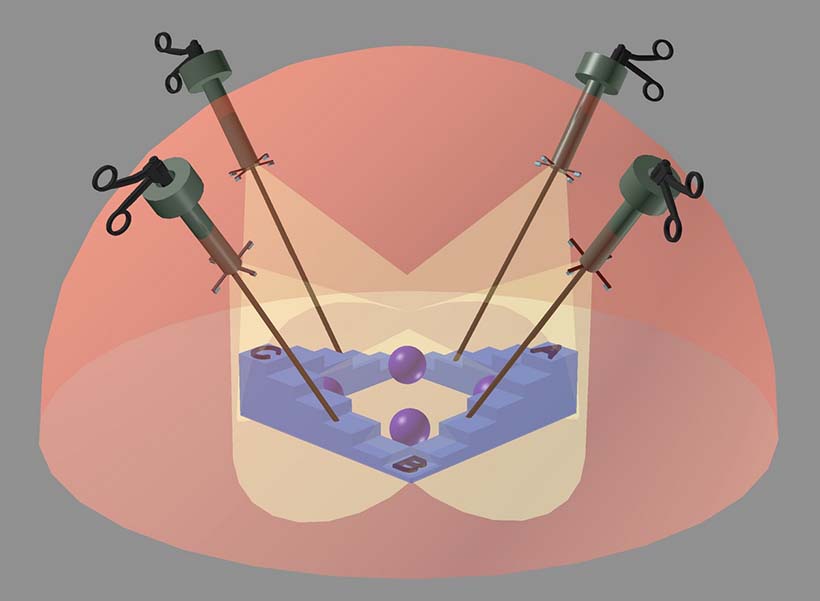
Laparoscopy is a surgical procedure that employs fibre-optic instruments to inspect and operate on the organs inside the abdomen or the pelvic cavities. Let’s take a look at some specifics about this minimally invasive surgery.
Laparoscopy is a surgical procedure that employs fibre-optic instruments to inspect and operate on the organs inside the abdomen or the pelvic cavities. Through the use of fibre-optic technology, small incisions are made during the procedure and therefore it is low-risk and a minimally invasive operation.
Procedure
During a laparoscopy, an instrument called a laparoscope – not unlike a telescope – is inserted into the abdomen through a very small incision in the abdominal wall. A laparoscope is a long, thin tube with a high-intensity light and a fibre-optic camera on the end which transmit images to an external video monitor.
Patients undergoing laparoscopic surgery will be given a general aesthetic meaning they will be unconscious and feel no pain.
The incision is made in the abdominal wall just belly the belly button and a small tube called a cannula is inserted. The cannula is used to inflate the belly with CO2 making it easier for your doctor to inspect the internal organs. The camera goes through the cannula or port. Other ports will be inserted for instruments to pass through so the bowel and other organs can be manipulated. The number and size depend on the type of procedure being performed.
After the operation, the incisions will either be stitched up or closed with surgical tape and then bandaged.
Side Effects
The carbon dioxide that is inserted into the abdomen during the procedure may result in a few minor side effects. These might include swelling or bloating in the abdomen, pain in the shoulders, neck or chest, cramping pains in the abdomen and the sensation of needing to urinate.
These side effects are very common and shouldn’t cause any concern. They generally settle after a few days.
The abdominal incisions made during laparoscopy may also result in some side effects including pain or discomfort at the site of the incisions or even slight bleeding or oozing. Again, these side effects can be easily self-managed.
More serious side effects include infected incision wounds, damage to internal organs and blood vessels, respiratory acidosis, nerve damage, blood clots and trouble urinating; however they are quite uncommon.

Recovery Time
Recovery time after laparoscopy will depend on the surgery performed. The operation is often performed as a day procedure, however, more serious instances may require a stay in hospital for a day or two.
Your doctor will give you information on how to effectively manage side effects at home and may prescribe pain medication for use during recovery time or antibiotics to avoid infection.
Overall, recovery time is significantly shorter due to the keyhole surgery techniques used. Open surgery would take much longer to recover from. Most patients will be ok to return to work within a week. Rarely does recovery take more than a month.
Laparoscopy with Urology Specialist
We are experts in laparoscopic surgery. In particular, Dr Mohan Arianayagam specialises in laparoscopic partial nephrectomy where a diseased portion of the kidney is removed leaving the rest of the organ intact.
He also performs zero ischaemia partial nephrectomy, where the artery to the kidney is not clamped. This has the advantage of having no ischaemia to the kidney and hence improved function. It is even more challenging than the traditional laparoscopic approach due to the risk of increased bleeding.
Results of this technique was presented at the recent Urological Society of Australia and New Zealand in 2014.
If you have any questions regarding laparoscopic surgery or would like to book an appointment, please feel free to contact Urology Specialist here.

